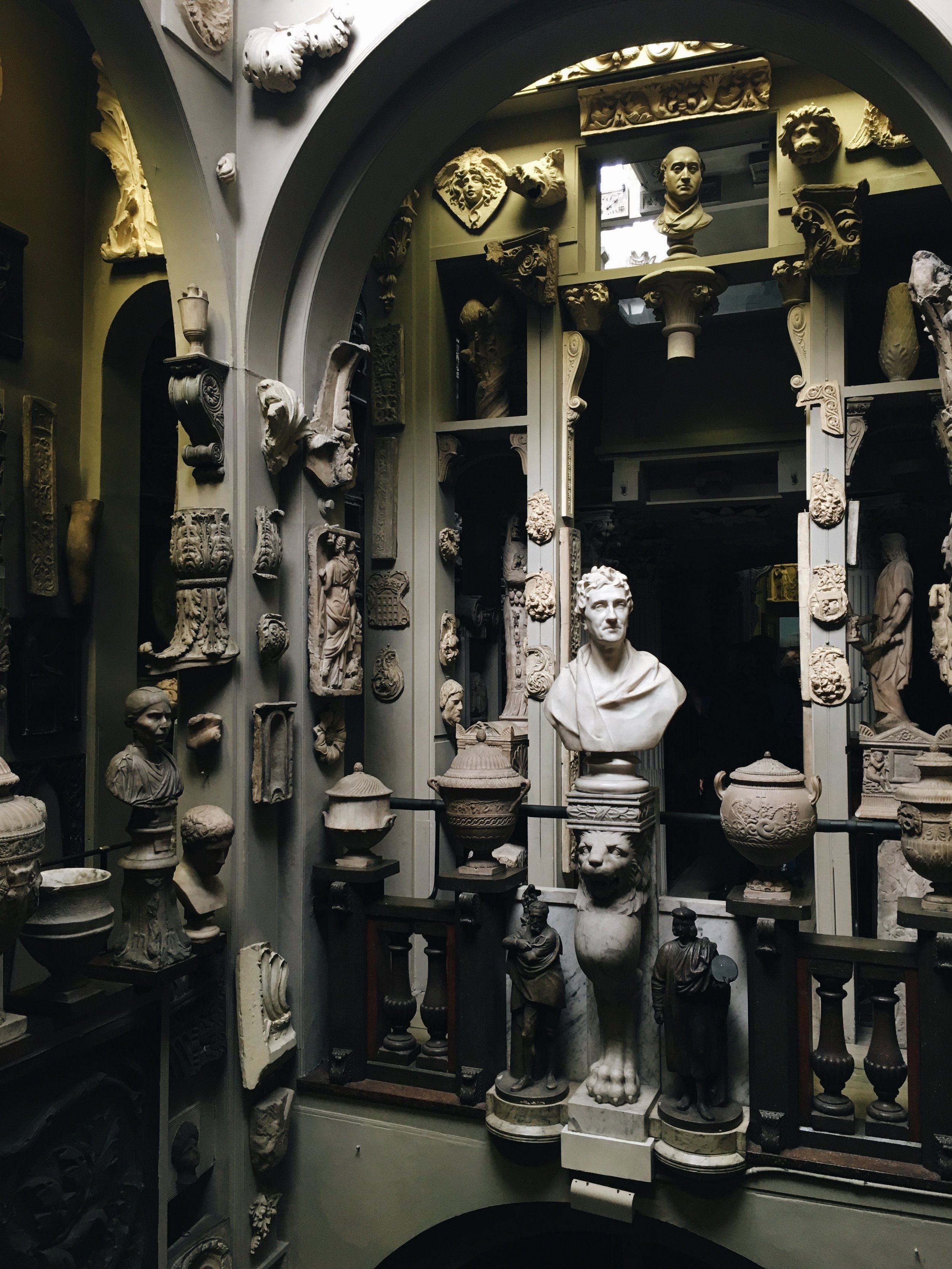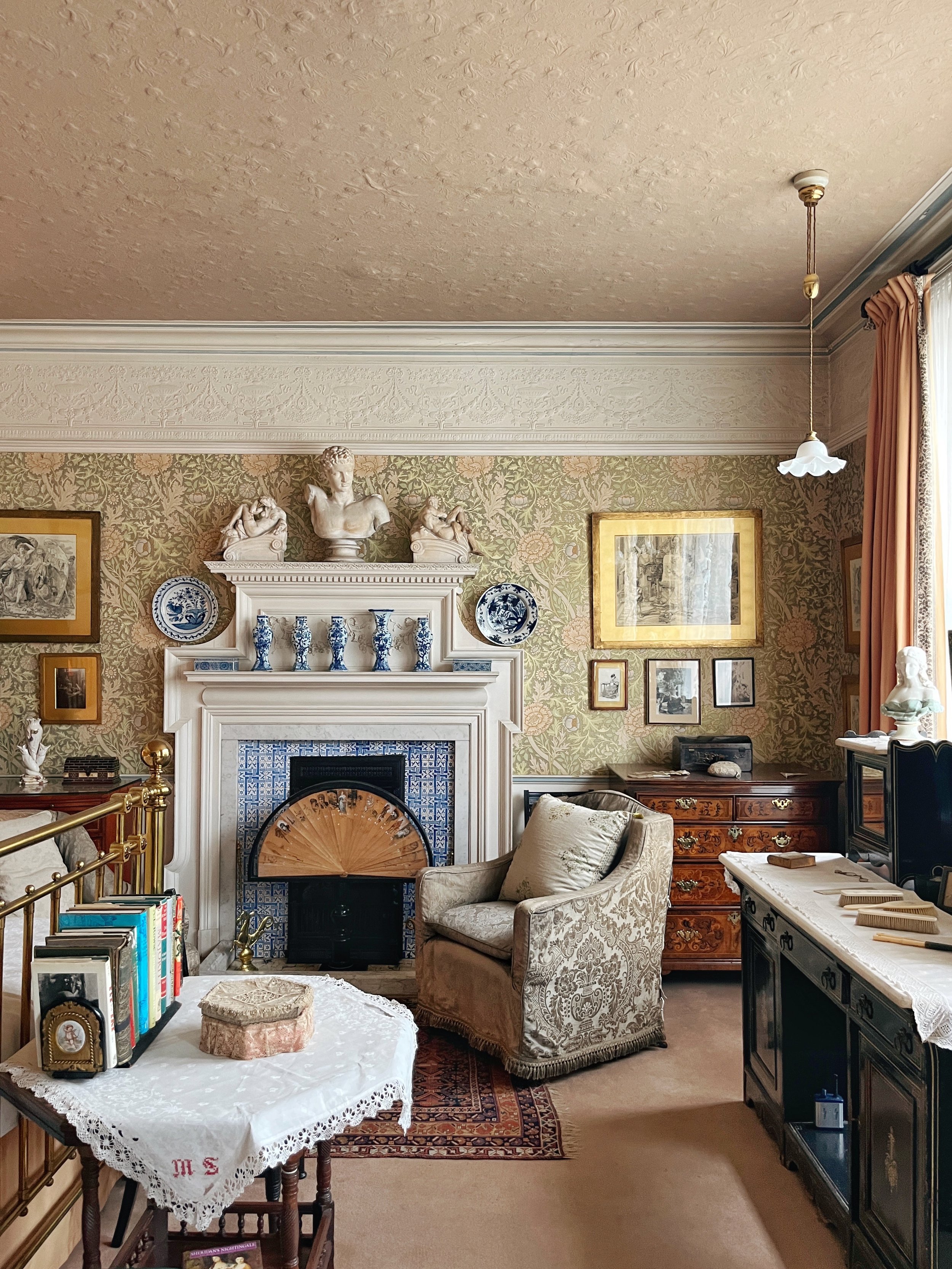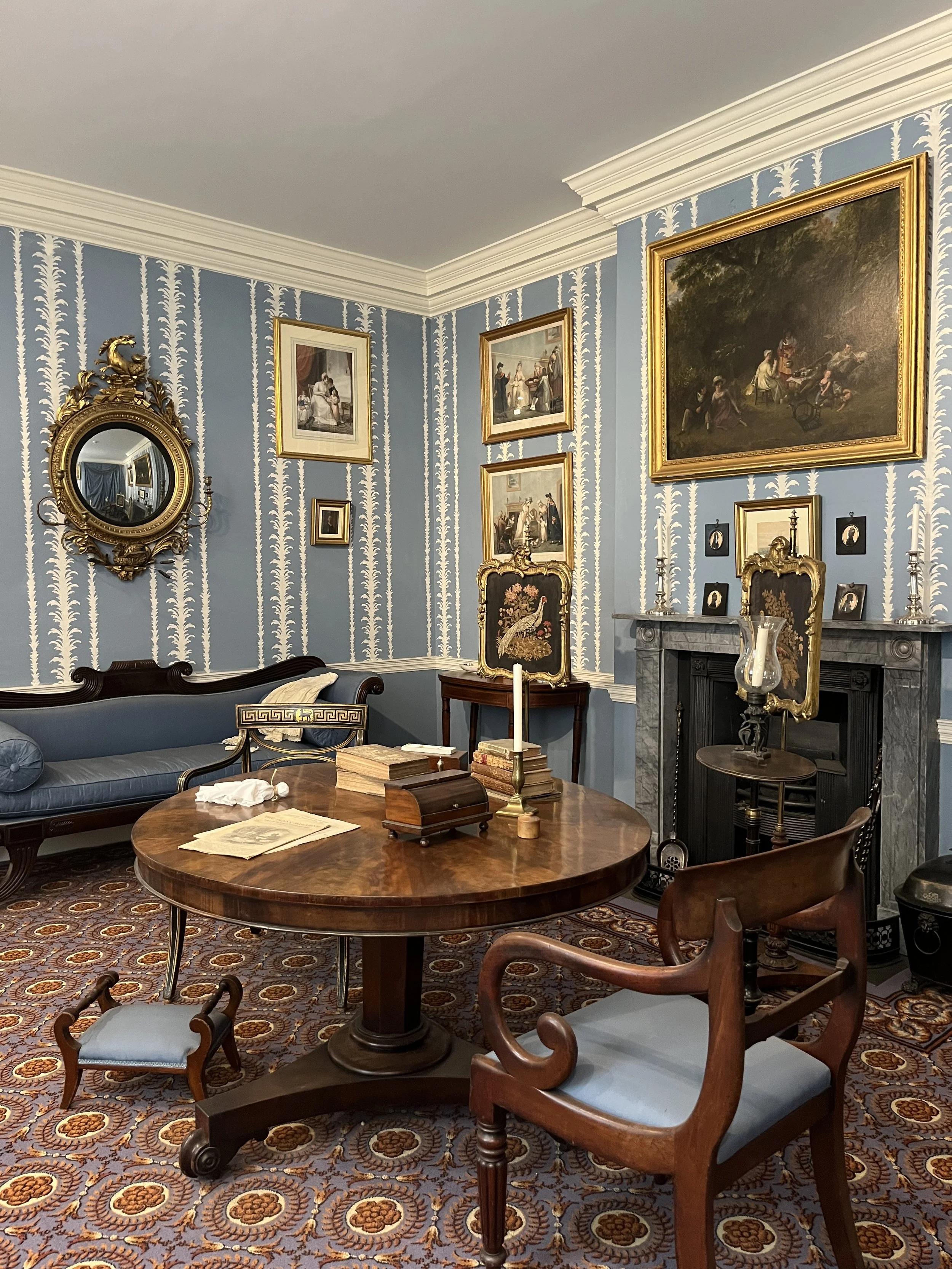Quirky, characterful house museums in London
London is home to many house museums that offer a glimpse into the lives of some of the city's most notable residents. From artists to writers, designers to collectors, London house museums are brimming with character and charm. There are dozens of houses to visit in London, from the ornate stately homes to the modernist wonders. This guide is dedicated to the small, quirky, characterful homes—often filled with the spirit of the resident. Many reflect the unique taste of the Victorian age, but others are simply quirky as they are. Here are some of the best historic homes in London full of individuality.
Sir John Soane’s Museum
No London museum round-up of any kind would be complete without the John Soane’s Museum. Tucked away in the heart of Holborn, the John Soane’s Museum is the former home of the 19th-century architect and collector Sir John Soane. Soane designed the house to showcase his vast collection of art, antiquities, and curiosities, which he acquired during his travels. The museum's interior is an intriguing labyrinth of rooms, each one bursting with unique and curious objects. The entrance is free, but a donation is recommended.
Leighton House Museum
Located in Holland Park, the Leighton House Museum was once the home and studio of the renowned Victorian artist Frederic Lord Leighton. The house is a treasure trove of art and design, with a collection of paintings, sculpture, and decorative arts from the Islamic world. The opulent Arab Hall is particularly breathtaking, with its intricate mosaics and a golden dome. Recently refurbished, the museum now boasts extra exhibition spaces, new staircases and a beautiful cafe. Entrance fee for adults is £10.
Sambourne House
The Sambourne House in Kensington is a time capsule of the late Victorian era. A sister site to the Leighton House, the house was once the home of the Punch cartoonist Edward Linley Sambourne and his family, and it has been preserved as it was in the 19th century. The museum is a fascinating insight into the lives of the middle class during this period, with each room decorated in a different style. Adult admission is £10.
Dennis Severs House
In the heart of Spitalfields, the Dennis Severs House is a unique museum that takes visitors on a journey through the lives of a fictional Huguenot family. The house is designed to resemble the home of a family of Huguenot silk-weavers from the 18th century, with each room meticulously furnished and decorated to reflect the period. The house is a sensory experience, with each room featuring an array of sights, sounds, and smells that transport visitors back in time. Visitors are encouraged to engage with the space, open drawers, sit in chairs, and explore the nooks and crannies of the house. The rooms in Dennis Severs House are each a work of art, designed to create a sense of history and atmosphere. The kitchen, for example, is filled with the smells of baking bread and roasting meat, while the dining room is set for a lavish 18th-century dinner party. The bedrooms are sumptuously decorated with four-poster beds, silk drapes, and intricate tapestries. The drawing room features an impressive collection of paintings and objets d'art, while the smoking room is filled with the scent of tobacco and the flickering light of candles. The adult admission fee is £18.
Red House
The Red House in Bexleyheath is a must-visit for fans of the Arts and Crafts movement. Designed by William Morris and his friend, the architect Philip Webb, the house was built as a family home for Morris and his wife, Jane, in 1860. The house is a treasure trove of Morris's designs, from the hand-painted wallpaper to the textiles and furniture. The house has a distinct exterior featuring red brick, a steeply pitched roof, and intricate detailing, which is reflected in the interior design as well. Inside, the house has a simple, almost rustic feel, with exposed brick and wood finishes, as well as hand-crafted furniture and fittings. The attention to detail in the house is evident in every room, with Morris and Webb overseeing the creation of every element of the house, from the textiles to the stained glass windows. The house also features beautiful gardens, which were designed by Morris and his wife, Jane, and were meant to be an extension of the house itself. The garden features a mix of wild and cultivated plants, as well as a pond, a small orchard, and a vegetable garden. Entrance fee for adults is £10, or free for National Trust members.
Museum of the Home
The Museum of the Home in Hoxton is housed in a series of 18th-century almshouses and explores the history of domestic life in London. The museum's 11 period rooms offer a fascinating insight into how homes and interiors have evolved over the centuries. Inside, visitors can explore a series of period rooms that have been meticulously recreated to reflect the changing styles of English homes throughout the centuries. The rooms are displayed in chronological order, and visitors can witness the evolution of interior design, furniture, and household items from the 17th century up to the modern-day. The first period room on display is a 17th-century hall, featuring oak paneling and a large open fireplace. Moving through the museum, visitors will encounter a 19th-century parlour, a 1930s living room, and a post-World War II room designed for a typical family of the time. Each room is furnished with authentic period pieces, including furniture, textiles, ceramics, and artwork. Adult admission is free.
Emery Walker's House
Located in Hammersmith, Emery Walker's House is a tribute to work of the Arts and Crafts designer. The house has been preserved to look as it did with its original interiors and printing press. The house also features a small garden backing onto Chiswick Mall and the river. One of the highlights of Emery Walker's House is the printing workshop, which is located in a separate building in the garden. The workshop has been restored to its original condition and contains an impressive collection of historic printing presses and typefaces. Visitors can learn about the history of printing and bookbinding and see demonstrations of traditional printing techniques. Adult admission is £10.
Carlyle's House
In the heart of Chelsea, Carlyle's House is the former home of the socialist writer Thomas Carlyle and his wife, Jane. The house is a testament to their intellectual and artistic circle, with a collection of art and books from their personal collection. The interior design reflects the Arts & Crafts aesthetic of socialist thinkers in the 19th century. The drawing room is particularly notable for its green and gold wallpaper, which was hand-printed in France and was a gift from the famous writer and social reformer John Ruskin. Adult admission fee is £7.
575 Wandsworth Road
Located in Wandsworth, South London, 575 Wandsworth Road is a small, unassuming terraced house that was once the home of Kenyan-born poet and civil servant, Khadambi Asalache. Asalache lived in the house from 1981 until his death in 2006, and during that time he transformed it into a beautiful work of art. He used his skills in woodworking to create intricate fretwork designs on the walls, doors, and ceilings of the house. His designs were inspired by his African heritage, Islamic art, and the geometric patterns found in the architecture of Morocco and Andalusia. The house was inherited by the National Trust after Asalache's death, and it is now open to the public as a house museum. Visitors can take a tour of the house and see Asalache's incredible handiwork up close. The house is small, with just a few rooms, but it is packed full of intricate designs and beautiful details.




